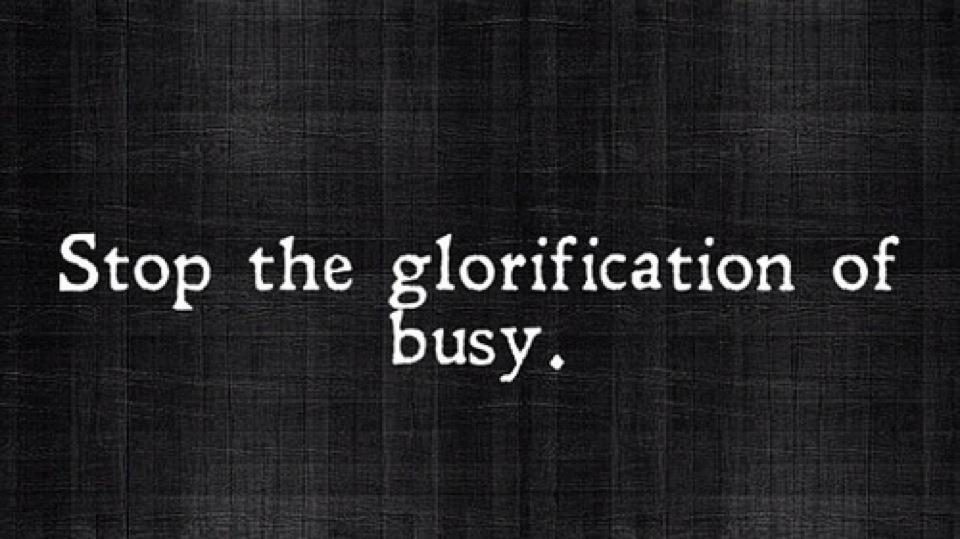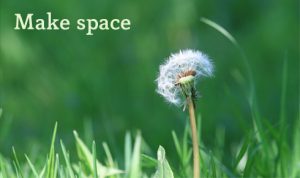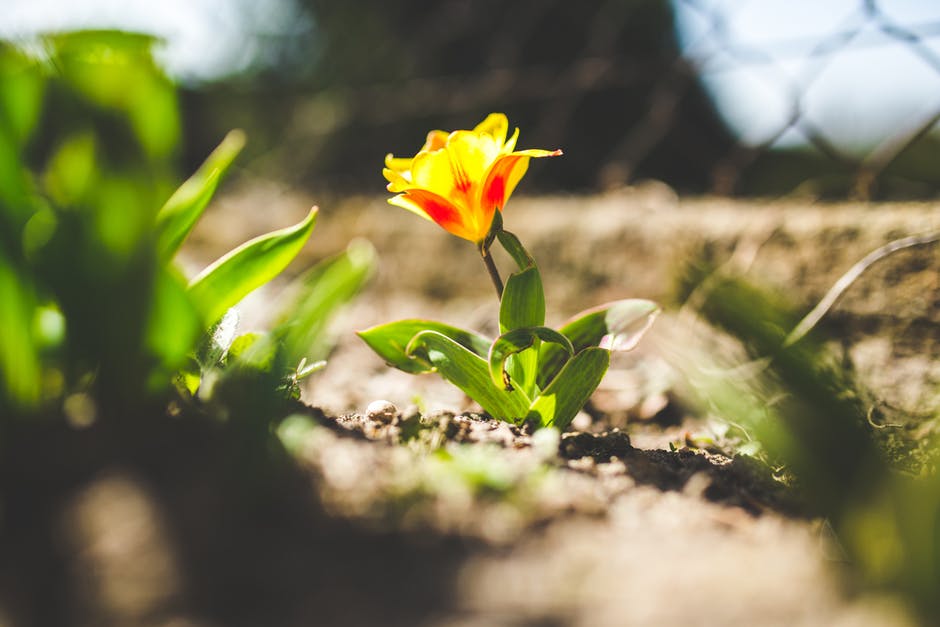May 2018 Newsletter
The Pace of Life
Everyone is busy. No one has time. This seems to be the norm, but this does not make it healthy. This month, we focus on the pace of life and how to take your foot off the accelerator.

Keeping Pace with Dis-Ease
Culture is moving at 90 MPH, flying through the days like we’re on the Autobahn. Therapist Landon Dunn asks, “what would it like to be running at 70 instead?”
We can still speed along with a sense of accomplishment, but a more sensible pace will help decrease the risk of negative outcomes. If you crash going 90 mph, the injuries will be substantial. According to a local mechanic, if you run a vehicle at 90 mph all the time, it will overheat and burn more fuel, much less efficiently. The same concept, when applied to your body or your lifestyle, leave you consuming more and more but not allowing your body to work in a healthy way. This leads to increased rates of heart disease, addiction and other physical manifestations of stress.
Perhaps that’s why 72% of Americans are considered overweight or obese. Our speed encourages us to eat on the fly, and rarely are those quick bites rich in nourishment. After a dizzying day of stimulation, it’s common to count on food to bring us “down” with a sense of comfort, often with a numbing effect.
Instead of slowing ourselves down to deal with the intake of information and experience in a given day, it’s easier to turn to pharmaceuticals as a means of getting by. While sometimes it’s helpful in the short-term, relying on medication is no substitute for doing the inner work necessary to return to a state of ease in life.
Creating habits of meditation and movement can help you slow the pace of your day. Even 20 minutes of sitting mindfully and a quick 10 minute walk will put gaps in your daily routine that allow for a sense of pause and freedom. While you can feel the benefit of slowing in the midst of these moments, you might also be aware of the spaciousness you find as the day continues, allowing you to slow through the morning staff meeting or the afternoon soccer game (even with terrible referees).
Choosing to put yourself in a slower lane helps protect you from the erratic drivers sharing the road. Just because the traffic is flowing at a high speed doesn’t make it healthy. You can still move efficiently without the risk that comes with excessive speeds.
Make it a Mantra:

Make Space
 Holly Schweitzer Dunn, LISW
Holly Schweitzer Dunn, LISW
One way to shift the pace of life is to begin to add space. Imagine your day like a stone path. By spacing the next step further from the current place, the pace of your walking slows. An added benefit: your attention on the present moment increases.
Adding space can be between activities, creating a margin before and after leaving the house to feel settled and fully arrive. Or, put some space between thoughts: by noticing a thought and letting it rest, as opposed to acting on it immediately, you can make purposeful decisions about your ideas instead of being pushed by them. Finally, adding space in your physical environmentlessens the feel of of the world pressing in on you. Eliminate unnecessary items, which overwhelm your senses, and experience the freedom of enjoying the sights, sounds, smells, and company of your home, car, and workplace environment.
 Finding a Workplace Pace
Finding a Workplace Pace
For many people, the biggest challenge to finding a sustainable pace of life lies in the demands of their professional life (or kids activity schedules – but those generally lie outside of our control). How do we establish rhythms that allow us to be productive, efficient and reach new successes while at work?
As a staff we experience this as much as we teach it. There’s a push-pull relationship between running a business, helping others, and maintaining boundaries to protect a healthy personal life. As we share our best practices, perhaps you will also benefit from ways to find ease within a rigorous work schedule.
Holly: By being fully present to each moment of my work – keeping my mind focused on my client or report, rather than what is coming later that day – I’m engaging with my work at a level that doesn’t require me to drag it home later. Work isn’t something to “get through” until the “real life” begins, but something in which I participate. When I’m done for the day, I’ve had my fill and can move on to our next thing.
Laura: I try to “close up” my day, straightening my desk, finishing my notes before I leave the office each day. I’m careful to pay attention to the transition to my commute so that when I arrive home, I’ve finished my workday and can enjoy my home life. Some people use rituals – a treat in the car, for example – to have a sensory experience of the transition. For those who work from a home office, even making a physical change (think: Mr. Roger’s switch from outdoor coat to indoor sweater) might help draw the lines around work life to keep it in its place.
Jayne: I keep a lot of white space in my schedule during seasons where I know I’m going to be more mentally stretched, such as when I’m completing trainings or have had several new clients. The demands of self-management, specifically in an entrepreneurial role, take a different skill set, and you have to see the value of your time as productive, even when that hour doesn’t have specific income tied to it.
Landon: I’ve learned to detach myself from much of the scheduling and allow others to keep me from over-working. By having the correct team in place, I can do my best work, because the processes and people keep the flow at a sustainable and beneficial pace.
Looking for signs of spring

As spring ‘sprung,’ therapist Laura Abraham spent childhood afternoons at local parks, or even in her own backyard, as her mother encouraged her to “look for signs of spring.” They trekked through nature, listening for birds, looking for little sprouts of green, smelling the blossoms, and feeling for the crisp air on their cheeks and the dew beneath their feet. As a child, Laura was taught to become aware of the changing seasons and the beauty of life in its simplest forms.
This activity inspired mindful awareness. Of course, it was fun. After a long winter, it fulfilled a yearning to get out and play; however, Laura’s mom also created an opportunity to slow down as a family and to take time to be present and aware. She had, without knowing it, developed her children’s ability to practice mindful existence.
We often get so caught up in the day-to-day responsibilities that we overlook the importance of slowing down to notice our surroundings. As an adult, Laura still finds herself noticing “signs of spring”, on the way to work each morning; it’s amazing how this simple childhood experience carries into the modern-day world.
Jenelle Hohman Color Me Happy Walk & 5K 2018

